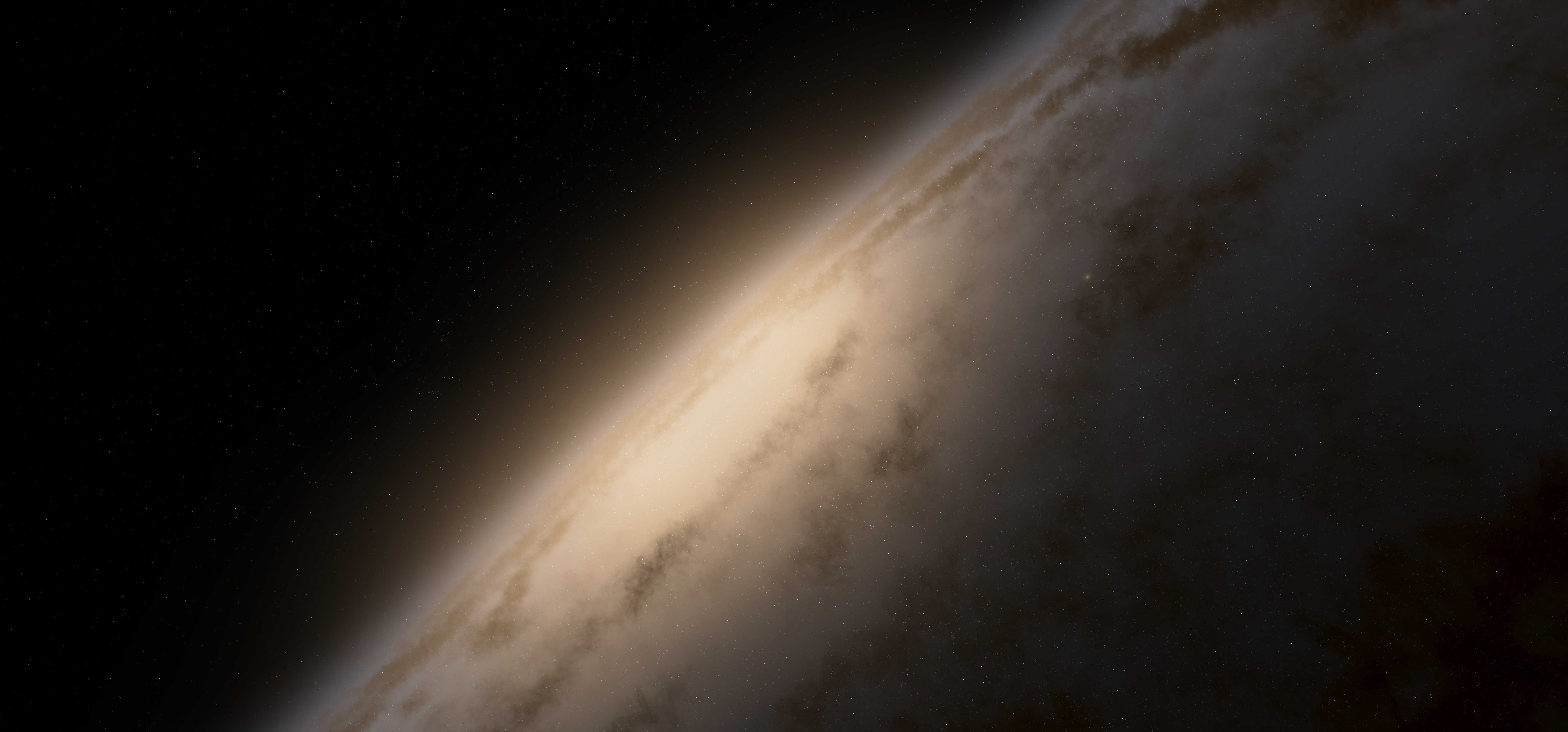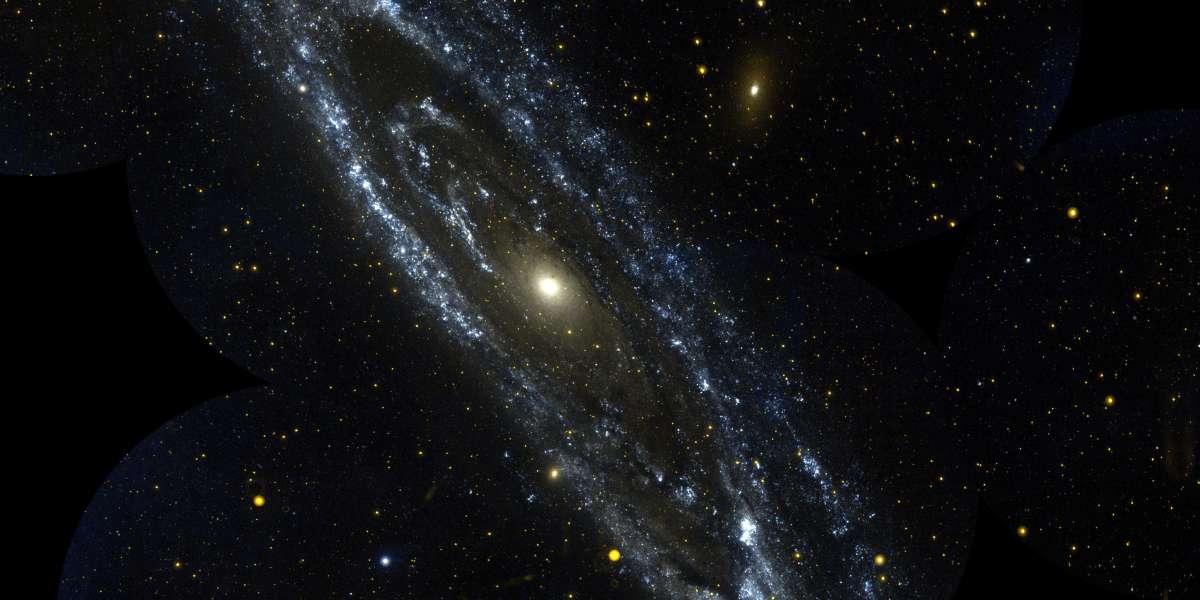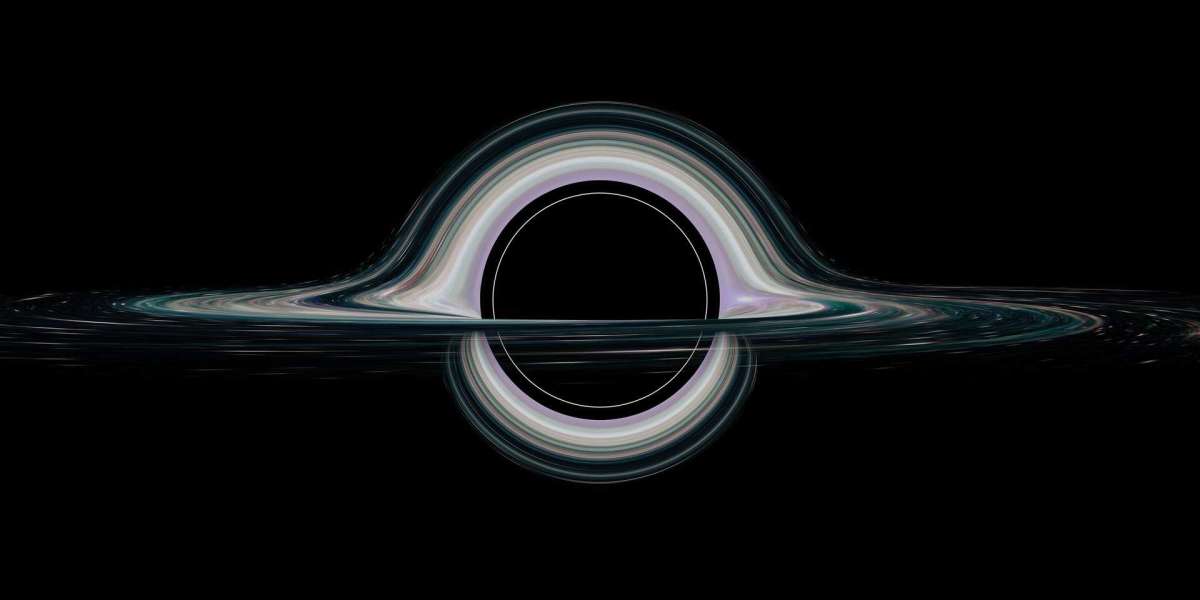The truth against common sense
Today we're discussing an aspect of the cosmos that contradicts our daily experience, that goes against what we assume, and that has been shown using black holes: When you move away from something, it doesn't always appear smaller.
Common sense, that amazing creation for quickly deciding what to do or justifying what has been done, which appears to appeal to democratic reality behavior.
It must be true if everyone or a majority believes it to be true.
Who is going to take away a (former) president of the government's reason for doing what he does, which he claims is common sense?
But mathematics, like physics, isn't democratic, and reality, by extension, isn't acting as we expect it to based on our limited and biased experience.
Intuition can be deceiving at times.
We're talking about a characteristic of the universe that defies logic.
There are others, but this one is already rather impressive, and it's an excellent place to start in addressing these concerns.
We begin our assault on our common sense with the most fundamental principles and a journey.
I'm standing in front of Barcelona's Sagrada Familia, at the foot of this towering and gorgeous architectural masterpiece.
Just thinking about trying to view her completely gazing up from the entrance door gives me a pain.
It takes up practically my whole field of vision, and I could only photograph it with a wide angle lens or a fisheye.
I take a step back to have a better view of her, then I move a little further away.
I move a little further away from the camera to take a photo with my phone.
The enormous basilica becomes smaller the further I get away.
It's common knowledge that things appear smaller as they get further away.
In a little more mathematical sense, the angle they form, or rather, the subtend two segments that originate from the ends of an item and meet at a point, grows smaller as the segments go longer, in my opinion.
It's called angular size, and as I go away, the size of the cathedral or anything else shrinks.
Is that always the case?
If the answer is yes, I'm out of an article, since it's plainly a lie: things farther away don't necessarily appear smaller.
In reality, the farther you travel (in astronomical dimensions), the larger they appear, and the angle they subtend rises with distance.
Impossible!
No, no, no, no, no, no, no, no, no, no, no, no
Is that always the case?
If the answer is yes, I'm out of an article, since it's plainly a lie: things farther away don't necessarily appear smaller.
In reality, the farther you travel (in astronomical dimensions), the larger they appear, and the angle they subtend rises with distance.
Impossible!
No, no, no, no, no, no, no, no, no, no, no, no
Is that always the case?
If the answer is yes, I'm out of an article, since it's plainly a lie: things farther away don't necessarily appear smaller.
In reality, the farther you travel (in astronomical dimensions), the larger they appear, and the angle they subtend rises with distance.
Impossible!
No, no, no, no, no, no, no, no, no, no, no, no
Let's begin by introducing the Andromeda galaxy, our older sister, which is twice the size of ours, with a diameter of around 220,000 light years.

Today, we view it with an angular size in the sky roughly six times greater than the Sun (with telescopes; the eye does not allow us to see it completely).
Andromeda is too small for us, therefore let's go on to something bigger, the most massive item ever discovered!
We must look in all directions of the sky, which surrounds us, if we want to observe the entire universe today, at least the one accessible to us, the so-called observable universe.
Our observable universe, which is around 90 billion light-years across now, was smaller in the past since the cosmos has been expanding since the Big Bang.
When it was 370,000 years old, it was eleven hundred times smaller.
If we go back far enough, our entire observable universe was 220,000 light-years in size not long after it was born (note to fussy eaters: I didn't imply the entire universe was that huge).
There was no Andromeda, no galaxies, no oxygen in our blood, no carbon in our DNA back then.
There were simply protons, electrons, helium nuclei, a few lithium atoms, and a large number of photons clashing with everything that moved, counting only the matter that we like the most.
As a result, one year after the Big Bang, our Andromeda galaxy was the same size as the whole universe we know today.
Our companion galaxy would have filled the entire sky for an observer back then if it had existed.
The angular size of what we see today, which we can cover with two fingers, would have filled the entire celestial vault.
Even if it is farther away, an object of the same physical size that existed one year after the Big Bang would appear larger in the sky today.
That object would have grown to the extent of the observable universe today, and Andromeda would no longer exist!
It's a little perplexing, but the fact that the universe is expanding, and that the distance to Andromeda now will be five million kilometers higher tomorrow due to space-time alterations, is a little counterintuitive.
"You made this up; it had to be a lie; it defies logic."
For a skeptic, and every scientist, this is a good concept.
In science, however, even if you assert something is a lie, you must back it up with proof (ask those who appear in the news these days).
There will be only one contribution from you, and it will be true that it is a falsehood.
Several astronomical experiments have now confirmed this astonishing attribute of an expanding cosmos.
The key to these tests is to locate a good ruler that hasn't changed in size over billions of years, something that hasn't altered in size over the eons that galaxies have existed.
It's not easy to find that universal rule; we're not worth bernabéus, Eiffel towers, or the Sella river, as Eva once reminded us.
That cosmic law, which tends to be eternal (since time may not exist at some point), must also be sufficiently brilliant in order to be seen at long distances; and of sufficient magnitude to be distinguishable over a wide range of distances.
It may seem unbelievable, but such a rule can be discovered in something we can't see because nothing, including light, can escape its gravitational field.
We're talking about black holes, and not just any black holes, but the largest ones that have ever existed.
These supermassive black holes, as we call them, occasionally pick up surrounding material and heat it to millions of degrees before devouring it, causing it to become ultra-bright.
Quasars are what they're called.
The quasar core, or the innermost component of these cosmic monsters, is around 36 light years in diameter.
That's about the distance to the star Arthur, but a supermassive black hole within that region has a mass of hundreds of millions of suns, rather than a few tens, as in our solar neighborhood.
They appear to be a decent cosmic rule of thumb because the precise size of the quasar nucleus is pretty predictable.
We discovered that the further away these objects are, the smaller their angular size becomes, as our canons demand, but only up to around 40,000 million light years.
Beyond that distance, compact quasar cores start to appear larger to us, which is paradoxical but consistent with the physical principles of the cosmos.



